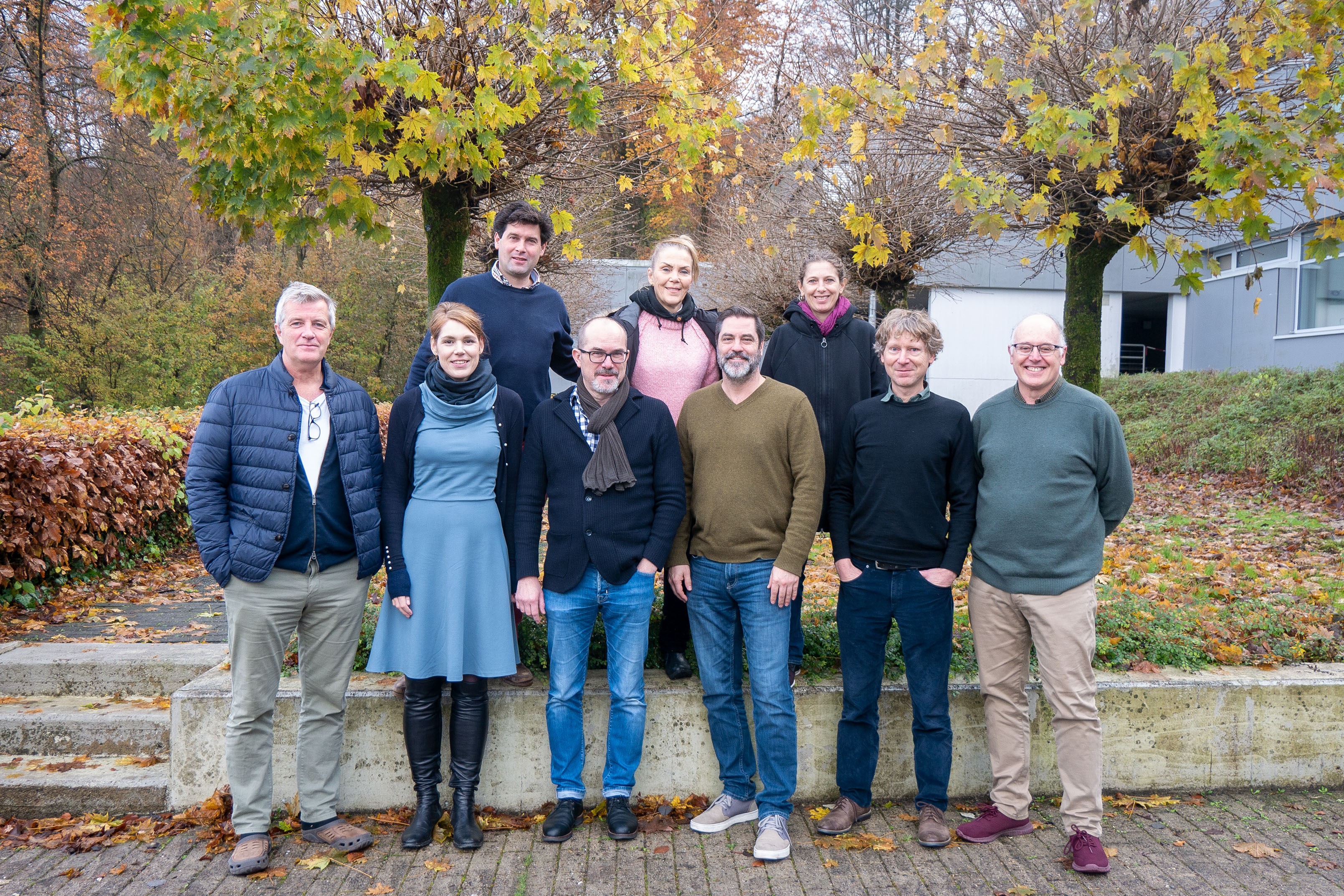Zentrum für interdisziplinäre Forschung
Better Understanding Human-Environment Interactions
Spurred by the current climate crisis, there has been a heightened attention within the scientific community in recent years to how past climate variation contributed to historic human migration and other behaviors.
The ZiF cooperation group "Volcanoes, Climate and History", bringing together archaeologists, historians, climate scientists, paleo-scientists, a volcanologist and others, is calling for a strengthened commitment to transdisciplinary collaboration to study past and present human-environmental interactions, which they say will advance our understanding of these complex, entangled histories. Their recommendations were published on 22 November in the journal Science Advances.
In the article, the group has introduced a new tool, the “dahliagram” , to enable researchers to analyze and visualize a wide array of quantitative and qualitative knowledge from diverse disciplinary sources and epistemological backgrounds.
“Backed by higher-resolution data concerning past climates, environmental change is increasingly seen as a crucial factor in debates concerning social, political and economic change - and human behavior generally - through time and space,” said Michael Frachetti, a professor of archaeology in Arts & Sciences at Washington University in St. Louis, and a lead author of the paper. “Yet interdisciplinary attempts to cross data from history, climate science, archaeology and ecology to model past social-environmental interactions are challenged by mismatched units of measure and degrees of uncertainty.”
The dahliagram attempts to overcome those challenges by creating a universal and visual language to enable cross-disciplinary collaboration. Moreover, it allows researchers to compress vast amounts of data into a single, easy-to-interpret model.
Named for the dahlia flower whose petals bloom in concentric arrays, the dahliagram’s “petals” illustrate the relative impact of different pull and push factors contributing to human behavior over time. For example, the petals could represent the climate and environment, conflicts, politics and power, technology and resource availability. These are just examples, though. One of the benefits of the tool is that it is fully customizable to meet each study’s needs.
Read the whole press release about the article here.

Group photo of the VCH core group
(Bottom row,
from left: Jan Esper, Eleonora Rohland, Franz Mauelshagen, Michael
Frachetti, Clive Oppenheimer and Nicola Di Cosmo. Top row, from left:
Ulf Büntgen, Anna Guðjónsdóttir and Lamya Khalidi. Photo: Universität
Bielefeld/R. Moltmann)